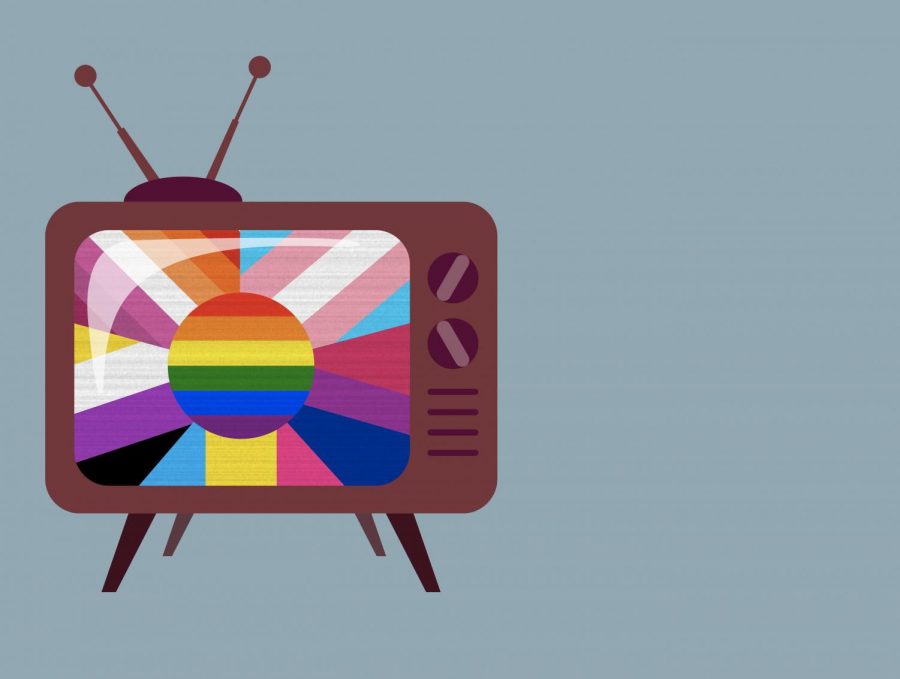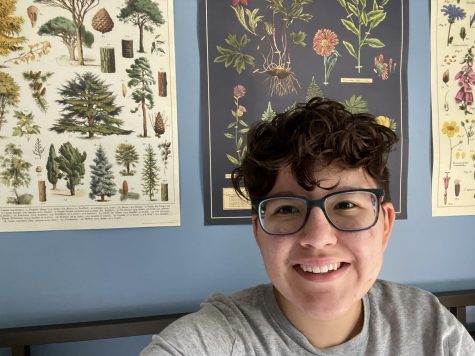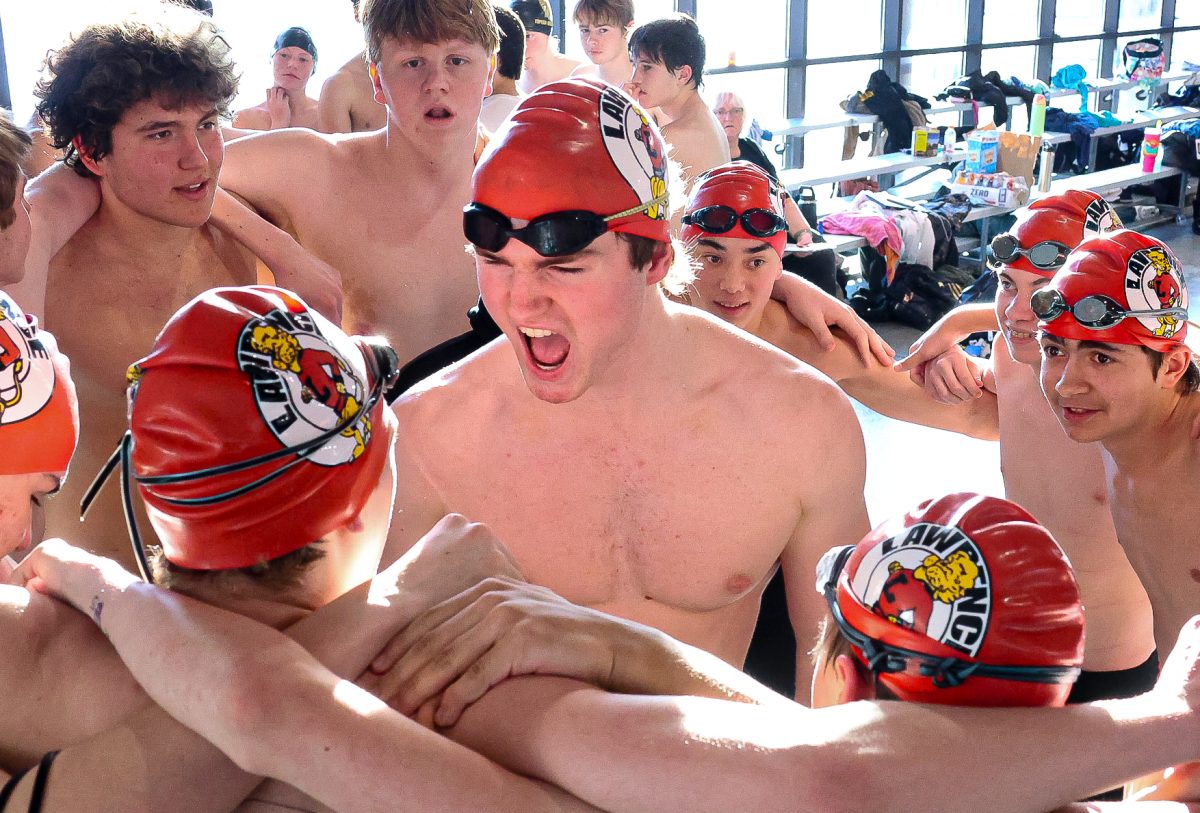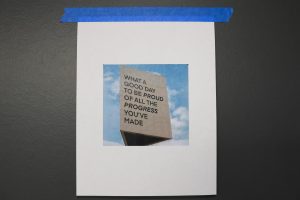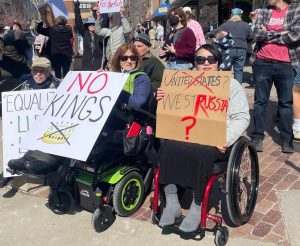Proper representation of LGBTQ+ people in television and films is important
Only 18.6% of major blockbuster films released in 2019 included LGBT characters, according to GLAAD.
January 11, 2021
Something almost everyone does is pick out characters in films and television who they heavily relate to. This becomes increasingly difficult when one cannot find characters like them, or feel like they are underrepresented in what they’re watching.
Unfortunately, the majority of characters portrayed in mainstream entertainment are cisgender and heterosexual. The amount of characters who could be considered LGBT+ are few and far between.
The Gay and Lesbian Alliance Against Defamation, or better known as GLAAD, monitors media for LGBTQ people and characters in the movies and shows we love. In a study GLAAD published in July, it found that out of the major blockbuster films released in 2019, only 18.6% included LGBT characters. Of those, not a single one had a transgender character. GLAAD grades studios on their efforts of representation, and for that year, the studios all received the grade “insufficient.”
Representation is extremely important. Younger children can find themselves in LGBT+ characters. This especially goes for children who maybe don’t grow up in the most welcoming environment. Seeing characters like them can make the world a little less scary.
Luckily, there’s been an increase in diversity when it comes to children’s cartoons and shows. Children’s movies are still far behind, but nowadays, you can go on Netflix and find shows with all different types of representation. One that comes to mind is She Ra and the Princesses of Power, which is a reboot of the ’80s classic cartoon. This reboot ended last year, and was praised for strong and authentic representation. The main showrunner, Noelle Stevenson, is a queer person, and wrote the show with explicit representation in mind.
Representation also brings awareness to the existence of LGBT+ people. Through a fictional character, people who would otherwise not really know much about this specific group of people can be educated through their favorite shows.
Current LGBT representation isn’t enough, in more ways than one. Most of the characters praised as good representations are white. Obviously, this doesn’t represent the whole community. According to GLAAD, only 34% of LGBT characters in movies 2019 were of color. It’s important that representation doesn’t exclude a large portion of the people it’s trying to help.
Many of the characters you know and love aren’t even written by members of their community. When straight and cisgender people write LGBT characters, they can fall into harmful stereotypes, such as the “gay best friend” trope, that actually harm the community more than help. This representation is often inauthentic, and is aimed at making cisgender and heterosexual viewers feel better about what they’re watching. Representation doesn’t just matter on screen, but behind it as well.
It all comes down to awareness. LGBT characters provide valuable teaching tools and help with recognition. Next time you sit down to watch a movie, or hit rewatch on your favorite show, try to pick out some LGBT characters. If you can’t find a single one, or if the few you do find fall into stereotypes, maybe view what you’re watching with a critical eye.



